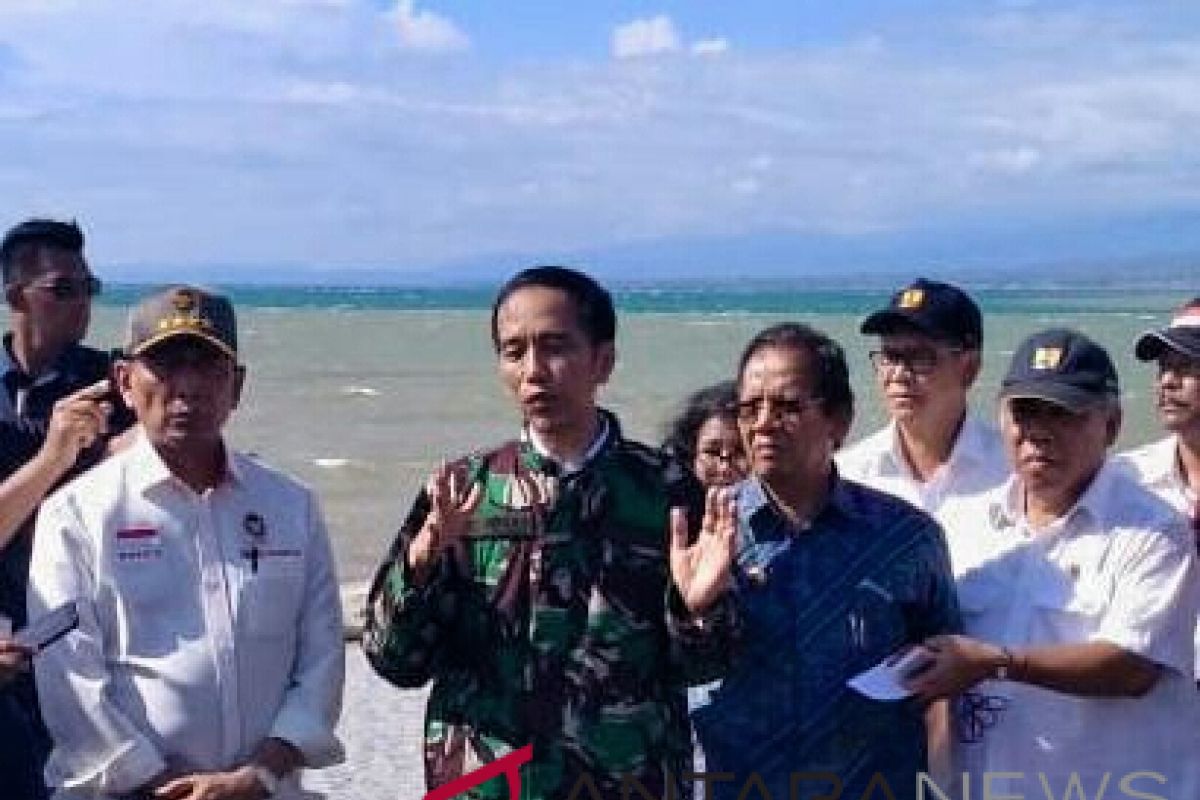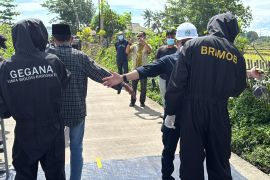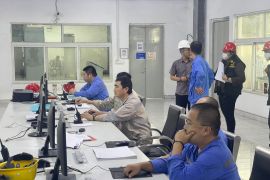"This is the importance of securing instruments that are useful to detect tsunami and earthquake. We also need public awareness on this," Joko Widodo, or Jokowi as he popularly known, stated at the Presidential Palace here on Tuesday.
A spokesman of the National Disaster Management Agency Sutopo Purwo Nugroho had earlier noted that the tsunami detection buoys were damaged by vandalism, and some of them were stolen in 2012.
"Such instruments should not be vandalized or stolen, as they are very crucial. I order the repairs of the buoys, and we will monitor them, as they have become vital instruments to detect (tsunami)," the president noted.
Deep-ocean tsunami detection buoys are instruments used to confirm the existence of tsunami waves generated by undersea earthquakes. These buoys observe and record changes in sea level out in the deep ocean.
This enhances the capability for early detection and real-time reporting of tsunamis before they reach land.
Sutopo pointed out that the absence of tsunami detection buoys had weakened the government`s mitigation efforts to avoid casualties when tsunami reaches land.
The tsunami detection buoys should be installed along the Indonesian coastal areas that are prone to natural disaster.
Indonesia has 21 buoys, of which 10 were developed and funded with German assistance worth Rp610 billion.
Three other buoys were provided by the United States under the Deep Ocean Assessment and Reporting Tsunamis system.
The Meteorology, Climatology and Geophysics Agency (BMKG) stated that none of the buoys are functioning, claiming lack of funding as one factor behind the failure.
The 21 buoys were managed by the Agency for the Assessment and Application of Technology (BPPT).
As none of the buoys were functioning, the BMKG has to forecast the potential of tsunami using a modelling method based on the location and magnitude of the earthquake.
A magnitude-7.4 earthquake rocked Palu and Donggala in Central Sulawesi on Friday (Sept 28), claiming 844 lives and severely injuring 632 others, while 90 were still missing and 48,025 had sought refuge at 103 locations.
Central Sulawesi Governor Longki Djanggola has imposed a 14-day emergency response period in the province from Sept 28 to Oct 11.
The worst affected areas are Palu, Donggala District, Sigi District and Parigi Moutong District.
Of the total casualties, 821 were found in Palu, of which 744 have been identified, 11 in Donggala, and 12 in Parigi Moutong.
The earthquake has also damaged five of the seven main power stations in the region. Two remaining power stations supply electricity to Tentena and Poso.
The state-owned electricity company PT PLN has brought eight generator sets to Palu and Donggala, while state-run oil company PT Pertamina has transported four thousand liters of diesel oil to the region aboard an aircraft on Monday.
In addition to the local residents, 114 foreigners were in Palu and Donggala when the disaster occurred. However, 112 of them were safe and some have been evacuated, while two others are still missing.
Reporting by Desca Lidya Natalia
Editing by Sri Haryati, Otniel Tamindael
Reporter: antara
Editor: Heru Purwanto
Copyright © ANTARA 2018












